author of the season - spring 2023
stuart atkinson
Background
To introduce myself, I am a writer and amateur astronomer living in Kendal (as in the Mint Cake, yes…!), up in the Lake District. I have been writing children’s astronomy books since 1988, when my first title – “Journey Into Space”- was published by Viking-Kestrel, with a foreword by famous science fiction author Isaac Asimov. I have now had 12 children’s astronomy reference books published, the most recent of which, “The Solar System – A Ladybird Book”, was published last year by Ladybird. I am probably best known for “A Cat’s Guide to The Night Sky”, which was published by Laurence King in October 2018. Since its publication the book has been translated into more than 20 languages worldwide, has won a major award in Germany (the EMYS children’s non-fiction prize), was long-listed for the 2019 SLA Information Book Award and has been featured and enthusiastically reviewed on many blogs and websites. It is being released in softcover this April, with a national promotional campaign by Hachette.
For the past 25 years I have also been an astronomy and “space” editor/consultant for many publishers. I have edited or acted as a consultant/expert on almost every astronomy- and space-related title published by Usborne Publishing since 1994, including their award-winning “The Story of Astronomy and Space” and “The Astronauts Handbook”, the latter of which was produced in co-operation with the European Space Agency and British astronaut Tim Peake. Most recently I was the consultant/checker on Buster Books’ two very successful astronomy titles written by popular Sky at Night presenter Dr Maddie Alderin Pocock . I also worked with Penguin on fact-checking and revising a new junior version of “Unlocking the Universe”, by Stephen and Lucy Hawking.
When I am not writing or editing astronomy books I am kept busy writing features and articles about astronomy for a number of monthly UK astronomy magazines, such as BBC Sky at Night Magazine and All About Space, and I post a lot of online astronomical content on social media too. My Facebook page is full of pictures of Mars – and my cat – and I have over 10,000 Twitter Followers, who enjoy looking at the images I take of the night sky and the NASA images of Mars that I process: recently one of the images of Mars I processed was viewed over 130,000 times on Twitter!
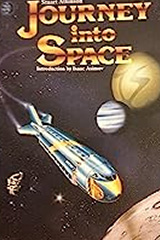
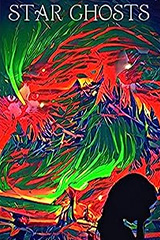
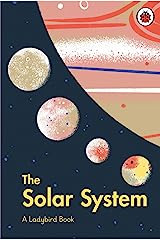
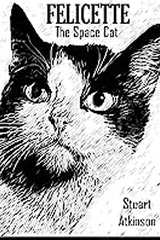
So why am I author of the season for CanalsOnline Magazine?
I have to be honest and tell you that I have never been on a boating holiday, so I am not qualified to talk about boats, sailing or other aspects of a boating holiday. However, I am a very enthusiastic camper and caravanner and I am aware of many similarities between the two pastimes - holidays away from home, surroundings changing regularly, sometimes daily, time spent in remote and dark locations...
My partner and I regularly take off in our caravan or tent to enjoy short breaks out in the countryside, and several times a year go up to Kielder in our caravan to attend “star parties” at the beautiful Kielder Campsite. These are organised events where amateur astronomers get together to enjoy looking at the night sky, and sharing their knowledge and enthusiasm with others.
But every time we go on holiday just by ourselves in our tent or caravan I end up holding informal stargazing sessions for our neighbours, and without fail they love learning how to find the stars and constellations they have heard about so many times.
I know from talking to friends who do enjoy canal holidays that at the end of a busy day of sightseeing or other activities many of them usually “call it a day” and either head down to the nearest pub or go inside as darkness falls. But that is such a waste! Many boaters will be totally unaware that if they stayed outside, especially if they were moored at a dark sky location, away from lights, they would be able to see some of the wonders of the universe, without the need for a telescope or even a pair of binoculars.
Although many canal routes across – and beyond – the UK pass through heavily light-polluted areas, others pass through “dark sky” regions, making them ideally placed for stargazing. It’s a great shame that many holiday boaters will pack up and go home totally unaware that they missed out on an amazing experience during their holiday – exploring a beautiful starry sky. My dream is to take the place of a friendly amateur astronomer and lead boaters, whether they live on a boat, take regular boating holidays, or perhaps a 'just once in a lifetime' boating holiday. I would like to take them somewhere dard, introduce them to the starts, constellations and planets they can see. Or it would just sit with them, out on deck, and point out some of the amazing things they can see – if they just take the time to look.


a cat's guide to the night sky
With beautiful illustrations created by one of the UK’s most popular and accomplished artists, Brendan Kearney, “A Cat’s Guide To The Night Sky” was published by Laurence King in October 2018, and is a guide to the night sky and getting started in amateur astronomy with a unique twist: the book’s main character is a starry-eyed, stargazing cat called Felicity!
“A Cat’s Guide To The Night Sky” was inspired during a trip to the Kielder Starcamp (”star camps” are special camping events, where amateur astronomers get together at a remote site to enjoy observing and photographing a night sky unspoiled by light pollution) in late 2016, when I briefly took my cat, Peggy – a rescue cat who had a very hard life before being adopted by my partner, Stella – outside to allow Stella to tidy their folding camper without interruption.
Whilst holding Peggy I noticed she was looking at the night sky, eyes darting from constellation to constellation. A classic “light bulb moment” followed: I wondered if cats were as fascinated by the night sky as humans? After all, they were often out all night, and from the tops of trees and tall buildings, often in very dark places, they would have a grandstand view of the night sky…
This idea became “A Cat’s Guide To The Night Sky”, a richly-illustrated, fun guide to the night sky, which explains to young readers how to identify stars, planets and constellations. There are star charts for each season, as well as advice on how to see the phases of the Moon, meteor showers and even the northern lights.
The book’s guide is a fun, starry-eyed stargazing cat called Felicity. She is seen on every page, observing the stars and leaping across the night sky, and was, of course, inspired by and is a tribute to Peggy, who accompanied Stella and I on many astronomy expeditions before she died in 2017. In the book, Felicity strongly resembles Peggy – but with one striking and touching difference: Felicity has a tail, whereas Peggy’s tail was cut off when she was young.
The book is also a tribute to another cat – Félicette. Most people are familiar with the story of Laika, the first dog in space, but few know that in 1963 a French stray cat called Félicette became the first cat to go into space, so I decided to name the book’s narrator in her honour.
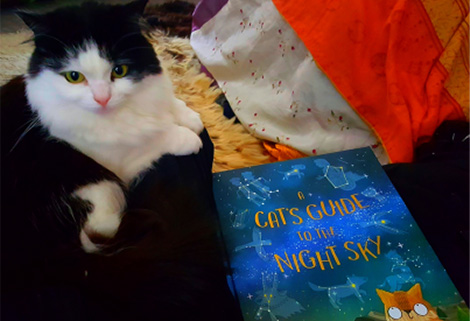
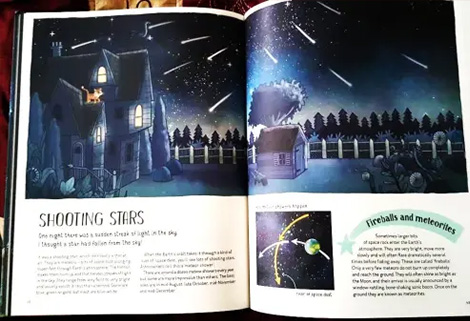

Stuart Atkinson is a prolific writer of books on Astronomy, and has written many reference books and fictional books for children. His books are of relevance to anyone with an interest in the universe or in learning more about the night sky.
Stuart's books are available to buy from Amazon or from good book shops. You can contact him by email or you can find out more by visiting his website
